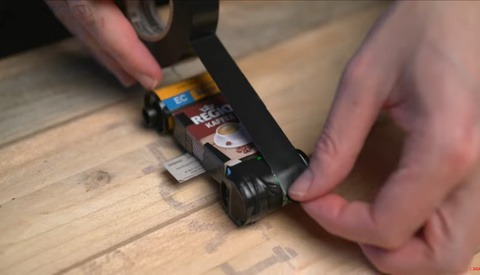My Favorite Budget Film Camera to Date: Fstoppers Reviews the Nikon FE
The Nikon FE is the perfect blend of a lightweight construction that still feels sturdy and has perfect functionality with my favorite camera feature: aperture priority mode. I never thought I’d find a 35mm camera that I’d use more than my F100 or F2, but here we are.





















































